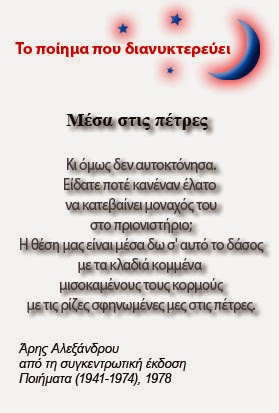Symphony No. 5 by Gustav Mahler was written in 1901 and 1902 mostly during the summer months at Mahler's cottage at Maiernigg. It is arguably the best known Mahler symphony. Among its most distinctive landmarks are the funereal trumpet solo that opens the work and the frequently performed F major Adagietto.
Herbert von Karajan said once that when you hear Mahler's Fifth, “you forget that time has passed. A great performance of the Fifth is a transforming experience. The fantastic finale almost forces you to hold your breath.” After its premiere, Mahler is reported to have said, “Nobody understood it. I wish I could conduct the first performance fifty years after my death.”
Adagietto
The fourth movement is arguably Mahler's most famous single piece of music, and is the most frequently performed extract from Mahler's works. It is best known for its use in the 1971 Luchino Visconti film Death in Venice. However it was frequently performed on its own before then, chiefly because in the early 20th century music programmers did not believe whole Mahler symphonies would be acceptable to audiences. Indeed, the British premiere of the entire Fifth Symphony came thirty-six years after the Adagietto itself had been introduced, by Henry Wood at a Proms concert in 1909.
It lasts for approximately ten minutes, and Mahler adds the instruction sehr langsam (very slowly). This has led to some conductors taking the movement well over its normal duration, in some cases over eleven minutes (11'43" as performed in a recording by Eliahu Inbal, 11'52" in a recording by Herbert von Karajan, and 11'55 in a recording by Claudio Abbado). However in recent years the trend moved away from extreme tempi, notably 9'33" in the inaugural recording from Simon Rattle as the chief conductor of the Berlin Philharmonic Orchestra.
Περισσότερες πληροφορίες για το συγκεκριμένο έργο, από την Wikipedia










1 σχόλιο:
Στην υγειά,στη δεύτερη εφηβεία και στο εκλεπτυσμένο μουσικό γούστο της Αγγελικούλας μας!
Να σε χαιρόμαστε!
Δημοσίευση σχολίου